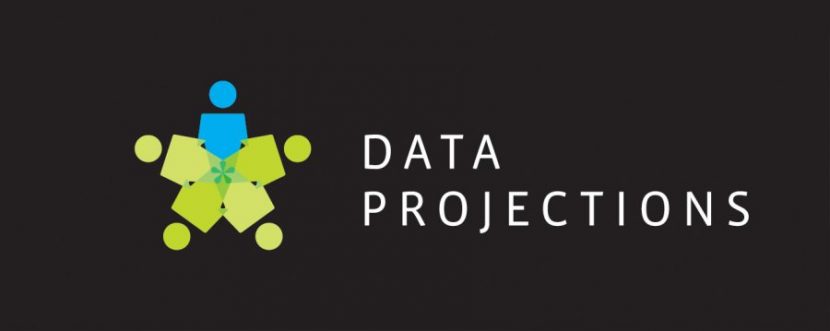What is a codec and why is it important?
The term codec combines the words “coder” and “decoder” because that’s what a codec does. They encode outgoing digital data streams and decode incoming streams, making them essential for nearly every AV solution. Like with any technology, there are a lot of codecs available and no single best choice. According to HIS Markit, a top AV market research firm, 86 percent of companies and organizations have video conferencing as a top priority for their communications initiatives. That’s a lot of organizations that will need to consider their codec options, if they haven’t already. An AV integrator can help with this, as the differences between popular codecs are typically subtle.What a Codec Does
Raw AV data (the data captured by a camera or microphone) is extremely bloated, and that makes it a challenge to push over the internet. A 10-minute HD video in its raw state, for example, is more than 100 times larger than a compressed version. That’s an unrealistic amount of data for companies to manage, and it only gets more challenging as more data is added to the mix. Organizations that need an enterprise-level video conferencing solution cannot deal in raw data alone, and that’s where a codec comes in. Codecs process raw data, transforming it into something that can be easily stored or transported to other devices. There are thousands of codecs capable of doing this, and they each use their own methods to compress the data. Some are free, some are expensive, some are proprietary, some are used across many devices and brands, some are better at preserving quality, and some are better at reducing transmission bandwidth. In short, codecs are designed to solve several data management problems, so they are an essential piece of the video conferencing puzzle.Hard Codecs versus Soft Codecs
An important distinction among codecs, especially in the world of AV, is between hard codecs and soft codecs. Here’s a look at both:• Hard codecs – With a hard codec, the encoding and decoding is handled by a piece of hardware. Most hard codecs sit at the endpoints of a video conferencing system, as they are designed to deliver the best video and audio experience possible. Hard codecs come from respected brands like Poly (formerly Polycom) and Cisco, and they offer a feature-rich experience that most soft codecs cannot replicate. Some of those features typically include multi-call bridging, advanced directories and better network management features.
As hard codecs are only designed for a few settings, they are specialized solutions. If hard codecs are paired with other compatible devices and technologies, they tend to produce stable, high-quality conferencing sessions that flow better.
• Soft codecs – Soft codecs are, unsurprisingly, software-based. In recent years, soft codecs have improved greatly, to the point where they are reliable enough for many enterprise solutions. For example, Skype for Business is a popular soft codec that is in widespread use, as it is supported by Microsoft.
Since soft codecs do not require a hardware purchase, they are less expensive and more flexible. They can be used across many devices and may provide other functions, like web browsing. Well-supported soft codecs are also feature-rich. The only concern with soft codecs is that they are easier to accidentally reconfigure, which can make the conferencing experience inconsistent if responsive support is not available. There are easy ways around this, and an AV integrator can propose viable solutions.
Lossy Codecs versus Lossless Codecs
Another important difference between codecs is whether they are “lossy” or “lossless,” and the terms are exactly how they sound.• Lossy codecs – Lossy codecs are used with the bulk of video conferencing solutions, as they keep file sizes down for transport. Lossy codecs remove some of the data from the audio or video stream to ensure efficient bandwidth use, and in almost all cases, this loss of data is imperceptible. If someone switches back and forth between a compressed and uncompressed audio file, they may pick out small differences, but in a video conferencing setting, these won’t register.
Some of the most recognizable codecs in the world, including the H.264 and MPEG-4 standards, are lossy, but they still offer excellent audio and video quality.
• Lossless codecs – Lossless codecs are termed such because they do not leave out any of the data during encoding. Perhaps the best-known example of a lossless codec is the WAV codec, which offers the best audio quality available.
Lossless codecs like WAV, though, do not shrink file sizes down all that much, so they aren’t usually relied on for compressing data for delivery. They do make data storing and management easier to handle, and lossless codecs also preserve the original data. This is necessary if the file is to undergo additional processing, like video editing. As more and more changes to the file are made, data is lost, so it’s always a good idea to keep an original on hand.
You may never see a codec in action, but without them, modern communication wouldn’t be possible. That’s why AV integrators pay close attention to how codecs are developed, and how they can be leveraged for a client’s use.


